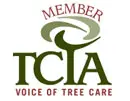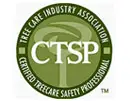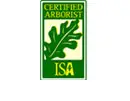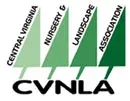Truetimber delivers professional tree health care solutions throughout Richmond, Virginia, and the greater Central Virginia region. With more than 25 years of experience, our ISA-Certified Arborists specialize in diagnosing and treating issues that affect tree health, from nutrient deficiencies and pest infestations to structural weaknesses and disease. We take a holistic approach, combining soil science, precision pruning, and long-term tree health services designed to protect your landscape investment. Learn more about our Tree Diagnostics to understand how we identify and solve hidden health issues.
Healthy trees begin with healthy soil. At Truetimber, we prioritize sustainable, soil-based care to strengthen root systems and promote vigorous growth. Through customized treatment programs and professional monitoring, we ensure your trees stay strong year-round. Our team also provides advanced Soil Analysis to evaluate nutrient levels, pH balance, and microbial activity for targeted solutions that restore vitality naturally.
We proudly serve Richmond, Midlothian, Henrico, Powhatan, Mechanicsville, and surrounding Central Virginia communities. Alongside tree health care solutions, Truetimber also offers comprehensive services such as Tree Removal, Pruning and Cabling, and Emergency Tree Service to ensure your property remains safe, beautiful, and sustainable for years to come.
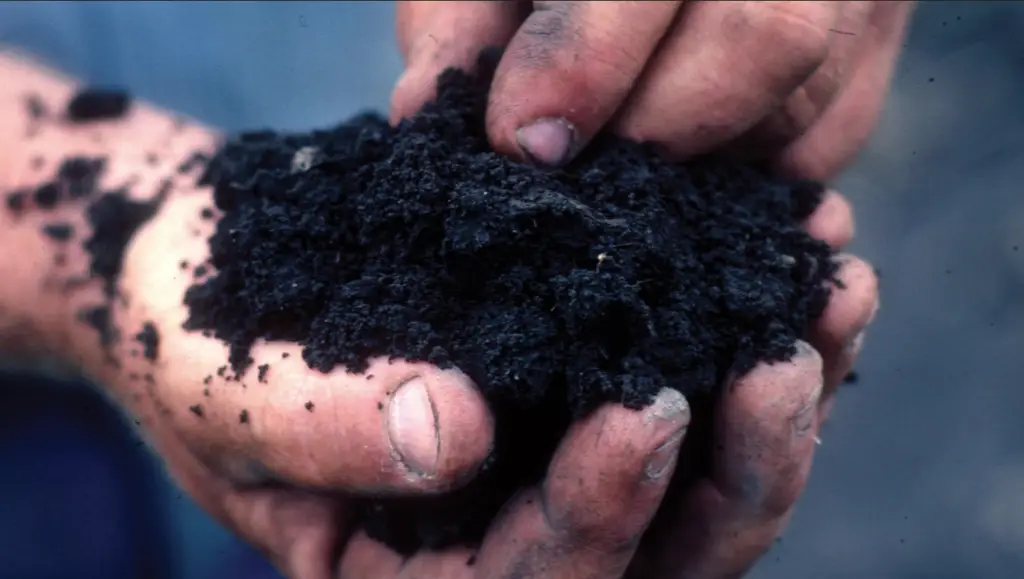
At Truetimber we are focused on a holistic, soil-based approach to plant health that reflects our care for our environment and industry best practices. Our holistic approach not only prioritizes the overall vitality of plants and trees but helps them recover from and resist pests and tolerate environmental stresses.
One of our knowledgeable Tree Care Advisors will evaluate your property and general usage to determine the “root” cause of your issues. This helps identify tree and plant issues, including poor vigor, any insects present , and diseases. Our plant health care programs are crucial for disease control and help ensure that your landscape remains healthy and vibrant. Below are some common problems we encounter during inspections:
We offer a wide array of Plant Health Care services that target the issues, pests, and diseases common across the Richmond area. Whether you have trees suffering from Crepe Myrtle Bark Scale or Emerald Ash Borer infestations we can provide a localized prescriptive solution for your landscapes needs. We will also evaluate the need for preventative treatments to either reduce the stress your trees are under or prevent the spread of insects and diseases. These infestations may be signs your tree is struggling with several problems and creating a plan that targets both the symptoms and the root cause is necessary to protect the health of a tree. These plans may include topical bark applications, soil drenching, tree injections, or deep root feedings performed by one of our certified technicians.
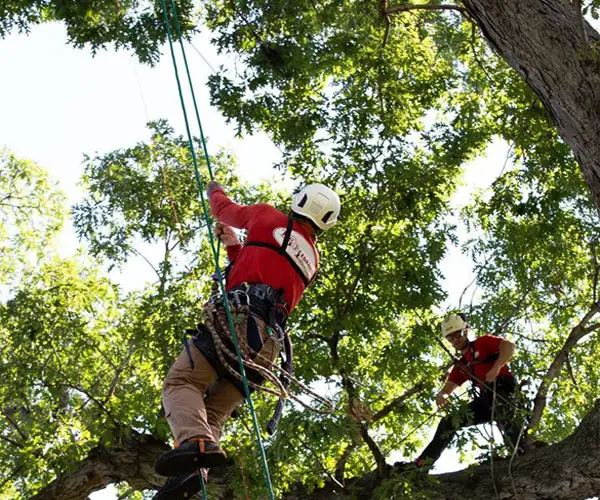
Soil Compaction
Soil compaction is a significant issue for urban trees and is often the initial factor in a tree’s poor health. Roots must have oxygen to survive, and by compressing the soil we limit that vital breathing room. Over 90% of trees’ root systems are in the top 3 feet of soil, with over 50% in the top 12 inches! This means that soil compaction can happen with every truck that passes over, every lawnmower that takes the same route each time it mows, and every person who walks across the root zone of a tree (which can be double that of the spread of the canopy). It is just a part of urban life that trees are subjected to.
Maintaining healthy plants in urban landscapes can also be challenging due to nutrient-poor soil and environmental stresses. Proper care, including providing proper watering, drainage, and essential nutrients is vital to help plants thrive in these conditions.
Our primary tool to mitigate soil compaction is the AirSpade. A patent tool that delivers a stream of localized compressed air into the soil, separating it, to allow the proper exchange of oxygen and nutrients between the root system of a tree and the soil. Using this tool we can free up the compacted soil while not damaging the delicate roots of the tree.

Treatments for Compacted Soil
There are several different industry recognized techniques to use when addressing compacted soil conditions. Depending on the area surrounding a tree our arborist may recommend a full rootzone decompaction, vertical mulching, or radial trenching.
A full root zone decompaction is just as it sounds. We use compressed air to free up the soil throughout the critical root zone of the tree. With this service we normally recommend mulching the area when we are done to help prevent future compaction and to help re-introduce nutrients into the soil.
Vertical Mulching is accomplished by creating 18 inch holes in the soil patterned out from the trunk of a tree, usually about every 2 feet or so. These holes are then filled with compost and organic material. This process can be less disruptive to a lawn or the surrounding area but still provides the tree with more exposure to oxygen and nutrients. It also creates space for the soil to move over time and resist further compaction.
Radial Trenching is accomplished by creating a series of trenches extending out from the trunk in a similar pattern to a spider web. These trenches are generally 12 to 18 inches deep and then filled with compost and organic material. Similar to vertical mulching, these trenches help the tree gather more oxygen and nutrients and provide space for the soil to move over time and resist further compaction.
However, If we determine that a spray treatment will be effective and is the best course of action, we can refer you to other companies in town who can apply the proper treatments at the specified timing throughout the season, meanwhile, we will be monitoring the overall health of the plants to prevent reinfection with the same pest or disease.
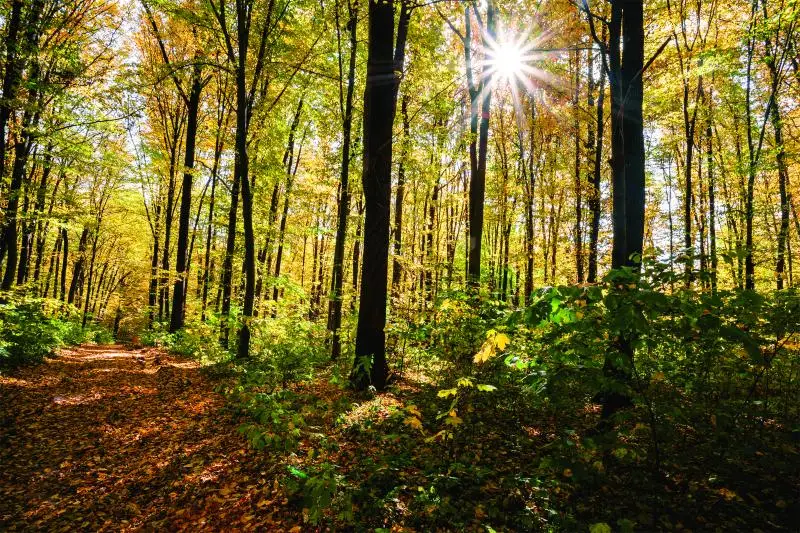
Root Collar Excavations for Tree Care
When one of our arborists is assessing the health of a tree, one of the first things they will look for is a good root flair. The root flair is where the tree and soil meet. The base of large roots should be visible at the soil level or your tree may be buried too deeply.
It’s extremely common in an urban environment for a tree to be planted too deep or for mulch to be built up to an excessive level. Over time, this can cause the decline of the tree. Tree care practices, such as root collar excavations, are essential in preventing health problems in trees by ensuring proper root flare exposure. Problems can arise when the trunk of the tree enters the ground like a fence post. The bark of the tree we see above the ground is not adapted to be contained in a wet environment the same way the bark of a tree’s roots will be. Buried root flairs can promote decay in the root flair and the root system. Buried root flairs can also lead to roots growing around the trunk, called girdling roots, which over time will damage the tree and prevent the transport of nutrients between the crown of the tree and the root system..
At Truetimber we use small hand tools along with an AirSpade to carefully find a tree’s root flare and expose any roots that may be girdling the tree. This process is simple but very effective at giving your trees the best chance of success. If you’re concerned about the root flare on your tree, contact us to learn more about our plant health care programs.

Full Service Tree Installation
We at Truetimber are always happy to help you in the whole process, which starts with plant selection. Many of the common problems that face urban trees can be prevented simply by planting the correct species for the location. One of our Tree Care Advisors can assist in selecting and installing trees, ensuring they are well-suited to the environment and receive the necessary care to thrive.
Most people realize that plants have a sun or shade preference, but they also have water requirements (not only how much and how often, but how long it can stay wet without damaging roots).
In today’s fast-paced world, people often desire instant results, and trees are no different. People and trees both want things now, we want a large mature tree on the day it is planted. A German poet once said, “We plant trees for those born later”, and these words will forever ring true. We must remember not to be selfish in our want of large trees; they are much happier and successful the smaller they are planted. The research has always pointed to this: the larger the tree is on the day of planting, the slower it recovers from transplant shock– too large and it may never fully recover.
Plant a small sapling and an 8 ft tall tree side by side and within 5 years the sapling will have caught up. Within another 5 the once sapling is now larger than the other. Trees see time differently than we do, and it is important to remember when selecting our trees. Plant small, and it will be enjoyed for generations.
After selecting nursery stock based on form, growth habit, growing medium, and root structure, it is finally time to plant. All plantings performed by Truetimber Arborists are completed to ANSI A300 planting standards, and current industry research.
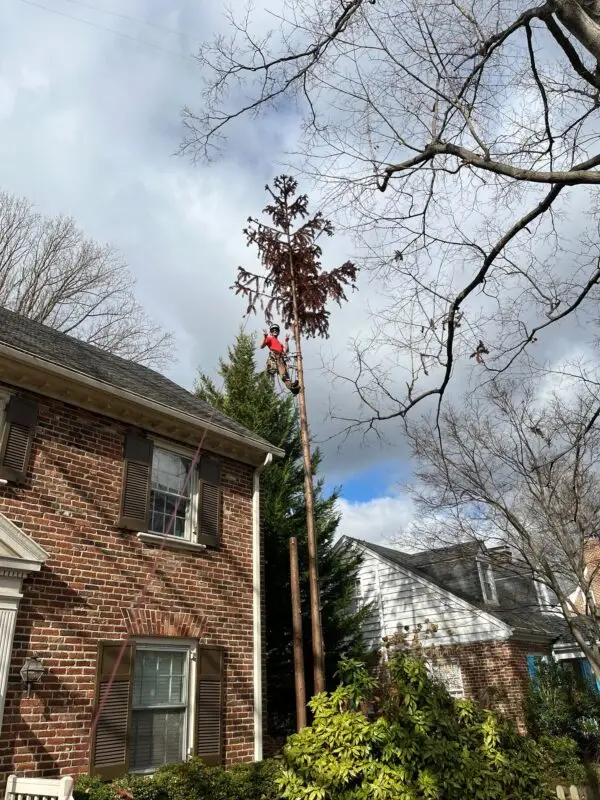
Lorem ipsum dolor sit amet consectetur. Tortor ultrices at purus urna enim tortor ridiculus porttitor. Feugiat ultricies ac molestie metus at est dui eget purus. Odio interdum eleifend nunc odio arcu. Praesent congue enim urna turpis sagittis auctor nunc blandit.
Etiam ornare vitae bibendum at congue. Nulla diam vitae in mattis mi ultricies arcu orci. Ultricies a dolor aliquam maecenas etiam urna vulputate bibendum in. Ut eleifend commodo egestas arcu dignissim vivamus mauris.
Donec diam risus egestas sed venenatis amet fermentum
Selecting a tree service provider is an important decision. Here’s why Truetimber is Ashland’s go-to choice for expert tree care:
We’ve spent years mastering Central Virginia’s climate, soil conditions, and tree species, allowing us to tailor our solutions to Ashland’s specific needs.
Our recognized track record is a testament to our consistent quality, safety, and dedication.
You’ll always know what to expect—from clear quotes to scheduled follow-ups—so there are no surprises.
We’re driven by a desire to foster strong, long-lasting connections in Ashland. Your satisfaction and peace of mind are our top priorities.
Tree health care solutions are science-based programs designed to maintain and restore the well-being of your trees. Truetimber focuses on soil vitality, pest management, and disease prevention to strengthen the entire ecosystem supporting your trees. Unlike one-time fixes, our approach ensures continued resilience through proactive care and professional monitoring.
Signs like leaf discoloration, dead branches, or thinning canopies often indicate deeper problems with tree health. Our certified arborists conduct thorough inspections to identify underlying causes such as root damage or poor soil conditions. If you notice slow growth or decay, schedule a Consultation with our experts for a detailed health assessment.
Truetimber offers a range of customized tree health services, including soil enrichment, targeted fertilization, pest and disease management, and root zone aeration. We often pair these services with corrective pruning or cabling to support structural integrity. Each treatment plan is tailored to your landscape’s needs after diagnostic testing.
Most mature trees benefit from a professional evaluation every one to three years. Young or stressed trees may require more frequent assessments. During these visits, Truetimber arborists monitor progress, adjust treatments, and recommend care strategies that align with seasonal changes and local conditions in Richmond, Virginia.
Absolutely. Truetimber uses sustainable products and methods that protect surrounding vegetation and groundwater. Our soil-based programs promote beneficial microbes and natural nutrient cycling, minimizing chemical use. This eco-friendly approach ensures healthier trees and a healthier environment for the long term.
Yes. Whether from storm damage, pest infestations, or sudden decline, Truetimber responds quickly with the right expertise and equipment to stabilize and restore affected trees. Learn how our Emergency Services protect both your property and tree investment.
Since 1998, Truetimber has been trusted across Central Virginia for our deep knowledge of local tree species, soils, and environmental factors. We offer honest recommendations, science-driven care, and a commitment to sustainable practices that keep your trees thriving. Our team’s precision, professionalism, and passion for trees make us Richmond’s go-to partner for reliable tree health services.
Truetimber proudly provides expert tree pruning and removal services throughout Virginia. Our experienced team is dedicated to keeping your trees healthy and your property safe with reliable, professional care.
If you’re facing soil compaction, insect, or disease problems, don’t wait—contact our expert team to help protect and restore your landscape. Together, we can minimize tree health risk by developing a plan for your property.
"*" indicates required fields
